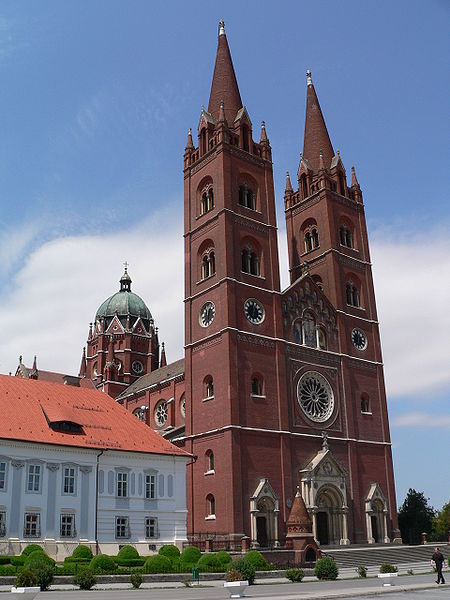The demographic characteristics of the population of Croatia are known through censuses, normally conducted in ten-year intervals and analysed by various statistical bureaus since the 1850s. The Croatian Bureau of Statistics has performed this task since the 1990s. The latest census in Croatia was performed in autumn of 2021. According to final results published on 22 September 2022 the permanent population of Croatia at the 2021 census had reached 3.87 million. The population density is 68.7 inhabitants per square kilometre, and the overall life expectancy in Croatia at birth was 78,2 years in 2018. The population rose steadily from 2.1 million in 1857 until 1991, when it peaked at 4.7 million. Since 1991, Croatia's death rate has continuously exceeded its birth rate; the natural growth rate of the population is negative. Croatia is in the fourth stage of the demographic transition. In terms of age structure, the population is dominated by the 15 to 64 year‑old segment. The median age of the population is 43.4, and the gender ratio of the total population is 0.93 males per 1 female.

An official briefcase used by the Croatian Bureau of Statistics census takers for the purposes of the 2011 census
A 1930s ad for shipping lines to South America
State Office for Croats Abroad in Zagreb
Croatian dictionary published by Vladimir Anić in 1991
Catholic Church in Croatia
The Catholic Church in Croatia is part of the worldwide Catholic Church that is under the spiritual leadership of the Pope. The Latin Church in Croatia is administered by the Croatian Bishops' Conference centered in Zagreb, and it comprises five archdioceses, 13 dioceses and one military ordinariate. Dražen Kutleša is the Archbishop of Zagreb.
Đakovo Cathedral
Baptism of the Croats by Bela Čikoš Sesija
Church of the Holy Cross in Nin, built in the 9th century, is known under the moniker of "the smallest cathedral in the world"
Pluteus located in the baptistery of Church of St John in Split








